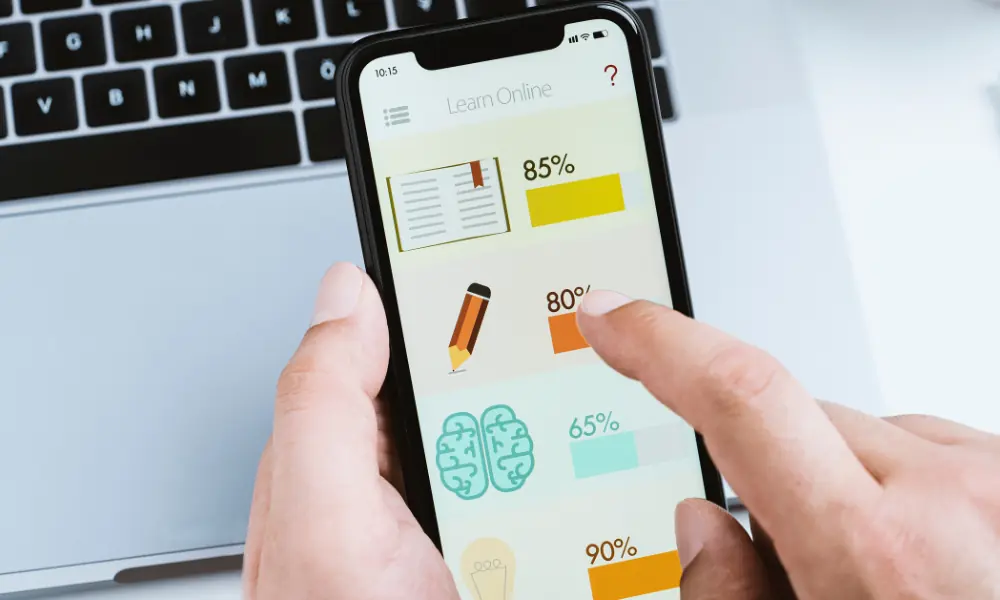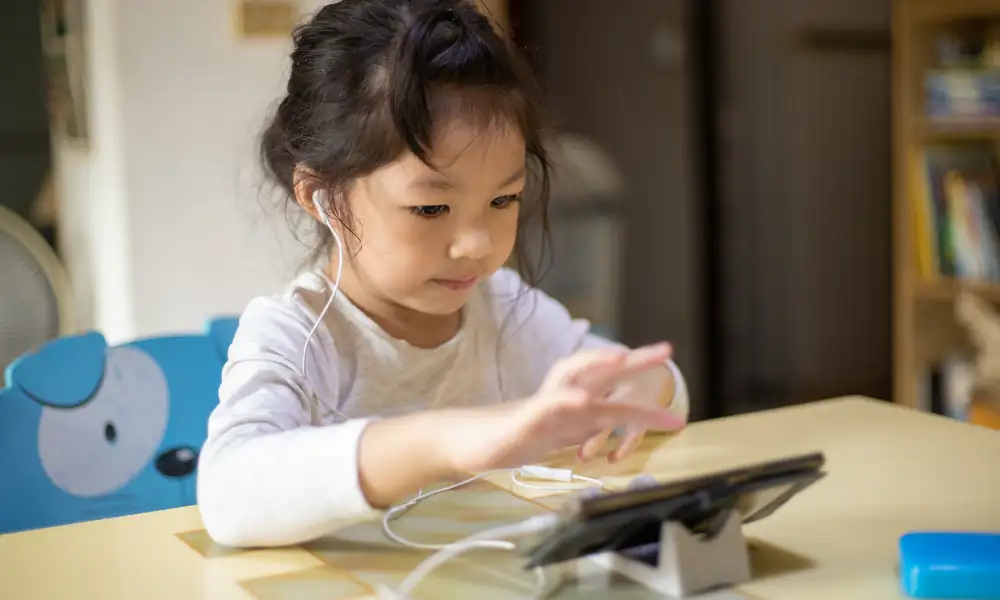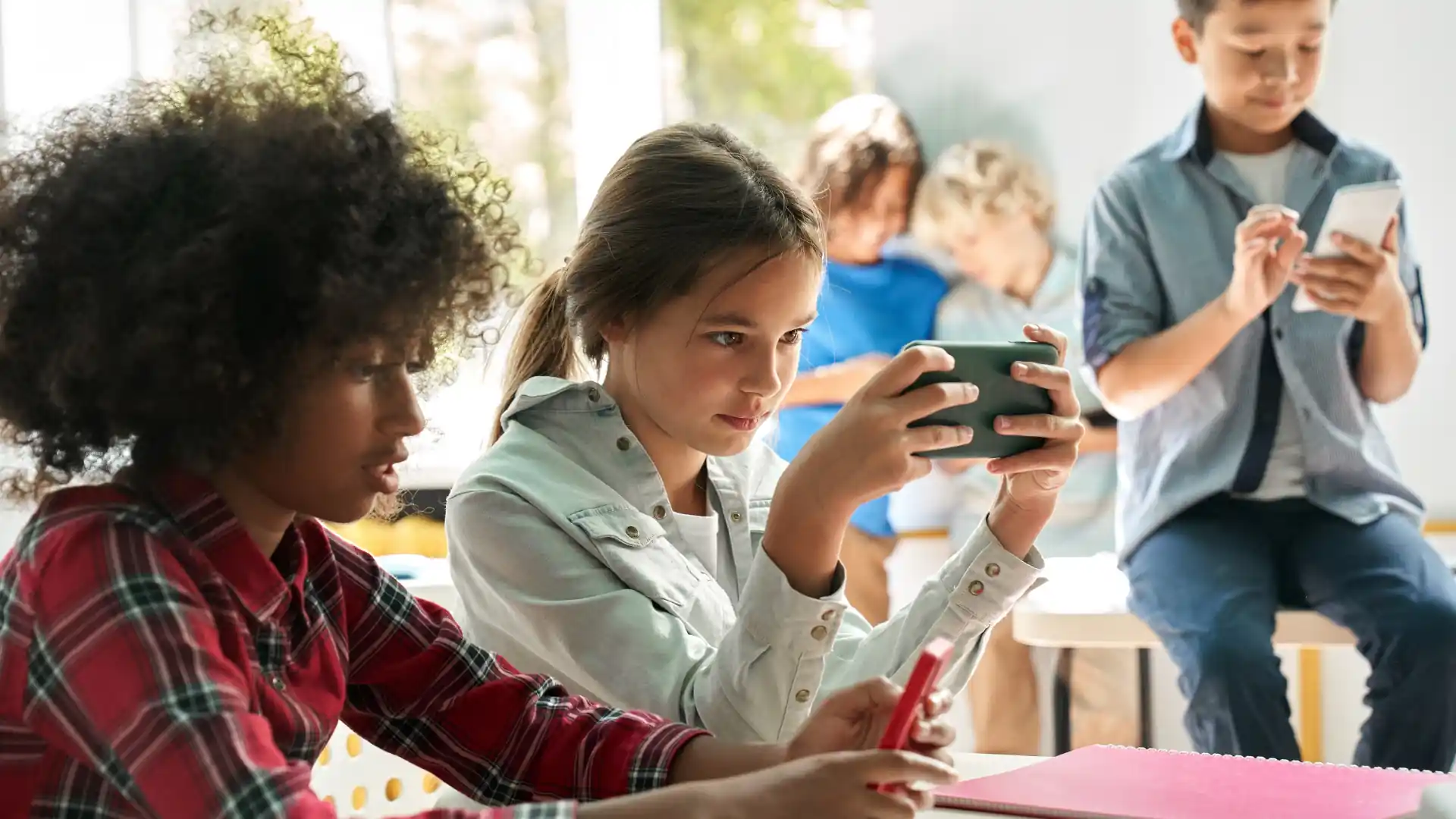Today, more than 85% of the global population owns a smartphone. We live in an era of unprecedented connectivity. Due to this digitization, education is rapidly evolving. Mobile learning and microlearning are emerging as transformative forces in the arena. Mobile learning harnesses the power of smartphones and transcends traditional classroom boundaries by offering a flexible and accessible approach to education. Simultaneously, microlearning is characterized by bite-sized, targeted lessons that are gaining prominence for their efficiency in delivering information. The symbiotic relationship between the 2 concepts has the potential to revolutionize education by catering to diverse learning preferences and needs.
The Rise of Mobile Learning
Mobile learning has experienced a noteworthy ascent in recent years. At its core, mobile learning involves the use of smartphones and tablets as educational tools, allowing learners to seamlessly access information anywhere and at any time. The prevalence of these devices has paved the way for a paradigm shift in learning. Thus, enabling individuals to engage with educational content on the go. The portability of smartphones has dismantled traditional barriers and has offered a dynamic and adaptable approach to acquiring knowledge. Learning materials are now at the fingertips of users. This shift is not merely a technological trend but a fundamental reimagining of the educational process. Mobility meets learning, creating a more fluid and personalized learning experience. Now, people can absorb information whenever and wherever it suits them. As we witness the rise of mobile learning, education is becoming more accessible, dynamic, and learner-centered.

Understanding Microlearning
Microlearning is centered around the delivery of concise, targeted bursts of information. This method breaks down learning into easily digestible modules, catering to the modern learner’s preference for bite-sized content. These bits of content can be in the form of short videos, infographics, or interactive quizzes, all of which are designed to address specific learning objectives. As a result, the inherent advantage of microlearning lies in its efficiency. Learners can absorb key concepts without the cognitive overload associated with lengthy sessions. By offering content in brief, focused segments, microlearning aligns with the short attention spans characteristic of today’s fast-paced lifestyles. Moreover, it promotes retention as learners can revisit and reinforce specific concepts easily. Accessibility is another hallmark. Learners can seamlessly integrate microlearning into their daily routines. This approach not only caters to diverse learning styles but also empowers individuals to take charge of their learning journey.
Integration in Modern Education
There has been a popular shift to integrate mobile learning and microlearning into contemporary educational practices. Through strategic incorporation, educators can seamlessly blend mobile learning and microlearning to create a more engaging and adaptive educational experience. For instance, by integrating microlearning modules into lesson plans, educators can diversify instructional content. This not only caters to varied learning preferences but also accommodates the attention spans of today’s fast-paced environment. Moreover, the mobility aspect of learning allows students to access educational materials beyond the confines of the classroom. Teachers can leverage mobile platforms to share supplementary resources, assignments, and interactive learning materials. New Mexico State University Global Campus offers microlearning courses that exemplify the integration of modern educational practices. These courses harness the power of mobile learning and microlearning to provide students with a dynamic and accessible learning experience.
Challenges and Solutions
Implementing mobile learning and microlearning in educational settings comes with a set of challenges that require thoughtful solutions. One challenge is the potential distraction posed by mobile devices in the classroom. To address this, educators can establish clear guidelines on device usage and leverage features that enable monitoring and control during instructional periods. Additionally, ensuring that microlearning modules align seamlessly with curriculum objectives can be a logistical challenge. Educators can overcome this by collaborating on curriculum design and mapping microlearning content to specific learning outcomes. Another challenge lies in ensuring equitable access to technology. Students may have varying levels of device accessibility. Institutions can mitigate this by providing on-campus resources, such as computer labs, and exploring partnerships for affordable device programs. Resistance to change among educators can also impede successful implementation. Training opportunities for educators highlighting the benefits and practicalities of mobile learning and microlearning help to overcome this resistance. By acknowledging potential obstacles and implementing targeted solutions, educational institutions can maximize the benefits of mobile learning and microlearning.

Classter’s Mobile Learning Solution
Classter’s Mobile App provides a solution that aligns with the current shift toward accessible and flexible learning. Tailored for students, teachers, and parents, the app seamlessly integrates into the educational ecosystem. Features, such as real-time notifications, empower end-users by keeping them informed about critical updates, assignments, and upcoming events. The app’s calendar functionality ensures quick access to important educational dates, supporting a more organized and time-effective approach to learning. Students and parents can easily track progress, assessments, and attendance records, promoting a more personalized learning experience. Furthermore, the platform supports microlearning by enabling teachers to upload and share specific homework assignments. In essence, the Classter Mobile App is a dynamic tool that offers accessible and flexible learning options.
The Future of Mobile- and Microlearning
The mobile learning and microlearning industry is expected to grow by 18.02% by 2028. These robust growth figures are indicative of a transformative trajectory for education. In the coming years, mobile learning is sure to become even more intertwined with emerging technologies. This evolution aims to break down geographical barriers and offer students new educational experiences beyond the classroom. Microlearning is set to undergo advancements, with a focus on personalization and artificial intelligence. Anticipated developments include sophisticated algorithms tailoring microlearning content to individual learner preferences. The incorporation of gamification elements within microlearning modules is also expected to soar, making learning not just informative but also enjoyable. Collaboration tools within mobile learning platforms are predicted to evolve, which improves interaction among students, teachers, and parents. This collaborative dynamic enhances communication and contributes to a sense of community. As the industry charts this course of innovation and growth, the future of learning holds great promises, shaping a more dynamic and engaging educational landscape.
FAQ’s
By strategically incorporating microlearning modules into lesson plans and leveraging mobile platforms, educators can diversify instructional content, cater to varied learning preferences, and accommodate fast-paced lifestyles.
Yes. Classter’s Mobile App offers real-time notifications, calendar functionality, and progress tracking features, enhancing accessibility, organization, and personalization in the learning process. It supports microlearning by facilitating the sharing of specific homework assignments.
Classter’s Mobile App provides real-time notifications, calendar access, progress tracking, and homework assignment sharing features, empowering end-users with critical updates, organization tools, and personalized learning experiences.

